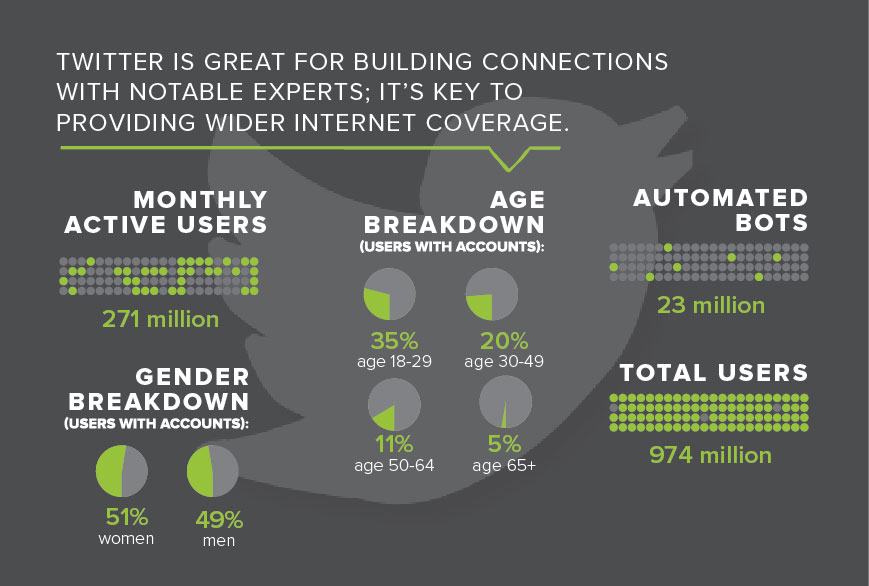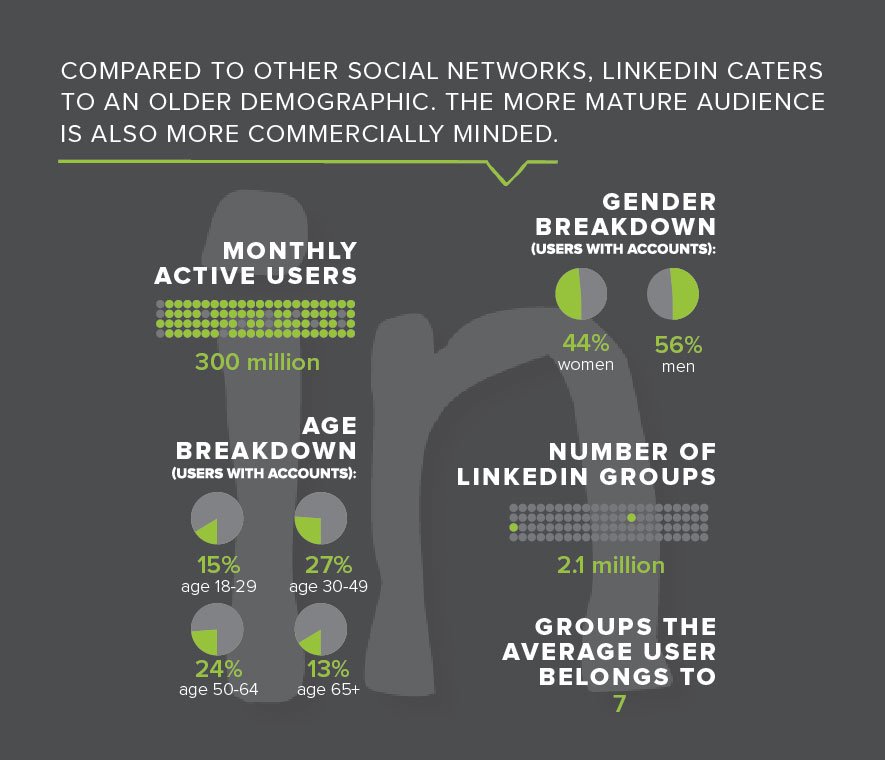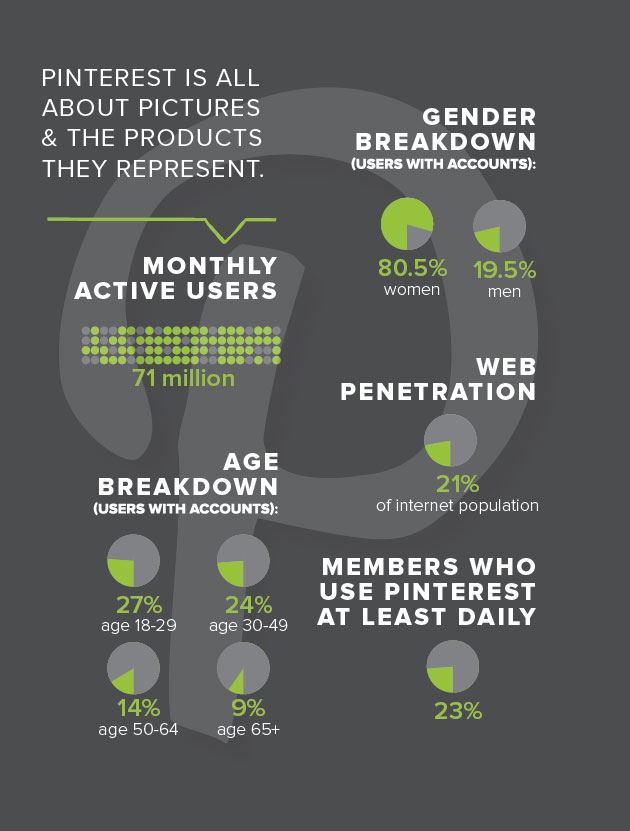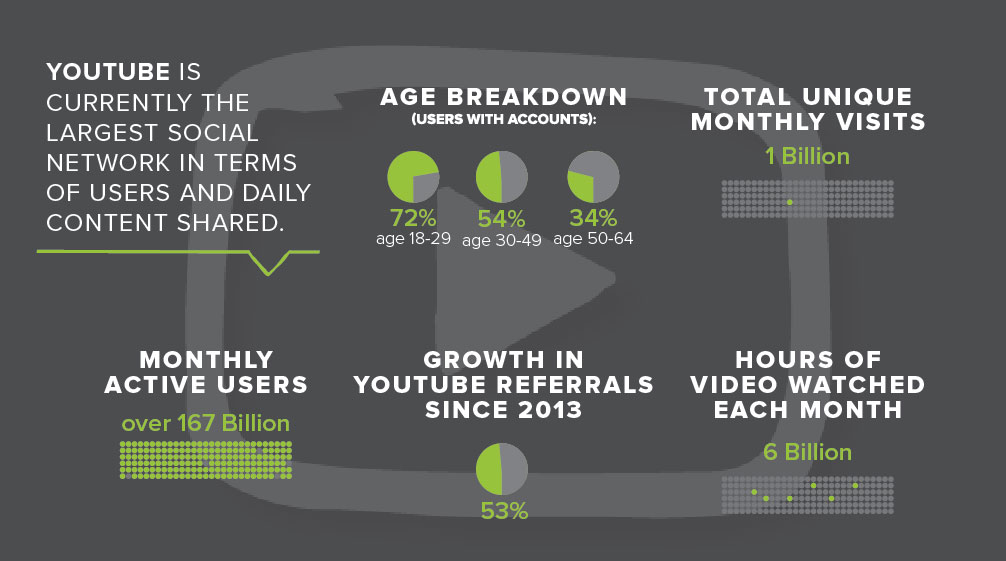In our latest eBook, Content for Social, we took an in-depth look at six of the most popular and useful social media marketing channels. If every network is a different kind of party, then it pays to know what kind of guests you’re going to meet – and how to connect with them when you’re there.
This guide offers a way to understand what kind of audience you’re going to encounter on each network based on demographic data, what sorts of content they expect to see and how this can translate into content marketing wins for your brand.
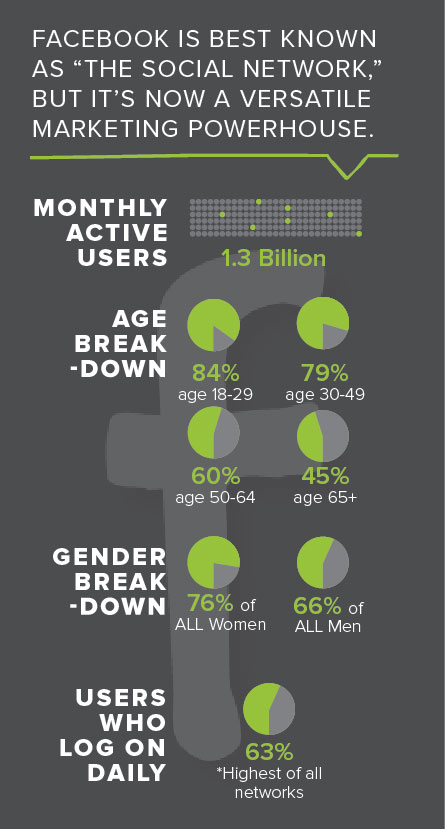
Facebook – The most diverse group
The most popular social network is also where you’ll encounter the most diverse group of party-goers.
Typical users: Young, old, male, female, consumer-oriented or B2B-focused: They’re attending.
Content: Because most people spend time at the Facebook party, brands need to do two things to reach them:
1. Produce relevant content that fits in with the rest of the posts in each users’ feeds. Consider telling them that they’ll be getting discounts, exclusive looks at the company culture or entry in a contest by clicking.
2. Stand out by including visual media – particularly video.
Marketing value: Facebook provides a forum for a brand’s audience to conduct discussions and engage with the brand – as well as with each other. It can provide sales leads and improved click-through rates that eventually lead to conversion.
Twitter – Talking with content gatekeepers
The people on Twitter are a bit more discerning, but the value of each engagement is probably more than for Facebook.
Typical users: Young, hyper-aware news-focused gurus. Leans slightly toward males than females
Content: The fresher and more up-to-date the content is, the better it will play at the Twitter party. Twitter users tend to engage in a lot of one-on-one interactions.
Marketing value: Brands that want to be news leaders in their industry should focus on Twitter because the value of cashing in on trending topics can give boosts to both SEO rank and thought leadership.
LinkedIn – The Professionals
This after-hours professional meetup is where you can share your marketing messages without being crowded out by entertainment and other non-business chatter.
Typical users: Older and completely focused on business. Your active LinkedIn user doesn’t have time for irrelevant GIFs or unrelated videos – they’re there to make money.
Content: Professional tips, in-depth industry guides, marketing how-tos and niche content catering directly to individual LinkedIn groups.
Marketing value: Lead generation plays a big role in LinkedIn’s marketing value, as most people who click content eventually follow it back to the brand site – but thought leadership is also big, especially when it comes to B2B deals.
Pinterest – Where (mostly) women get crafty
This channel lends itself to having a crafty, do-it-yourself and thrifty attitude, which means…
Typical users: Female, generally young and often primed to make a purchase
Content: Posts on Pinterest are usually pictures that are directly tied to buyable items, or describe exactly how to use these products through step-by-step blog posts and infographics. Don’t share your blog posts and news stories here unless they have good visuals.
Marketing value: Pinterest users represent some of the most qualified social referral leads around, and they’re much closer to the end of the sales funnel than most people because they’re voluntarily shopping for items online. Unfortunately, not every business will find a niche for itself at this party because of its specific user demographic.
YouTube – Videos, youth and engagement
Is YouTube a social network? With user names, comments, engagement and plenty of content, it certainly fits the bill.
Typical users: These are probably the youngest of the bunch, but don’t mistake them for kids. They’re often smart buyers and like Pinterest, they represent some of the most engaged leads on any network.
Content: It’s all videos, but what kind? Some of the best engagement and qualified leads come from how-to videos, product demonstrations and in-depth descriptions of anything written text might not clearly convey.
Marketing value: As mentioned, YouTube leads are generally well-qualified, so they contribute a lot to ecommerce and online retail. They’re also great for driving traffic and improving SEO rank, as YouTube posts are some of the only types of videos that still show up in traditional SERPs with a rich snippet.
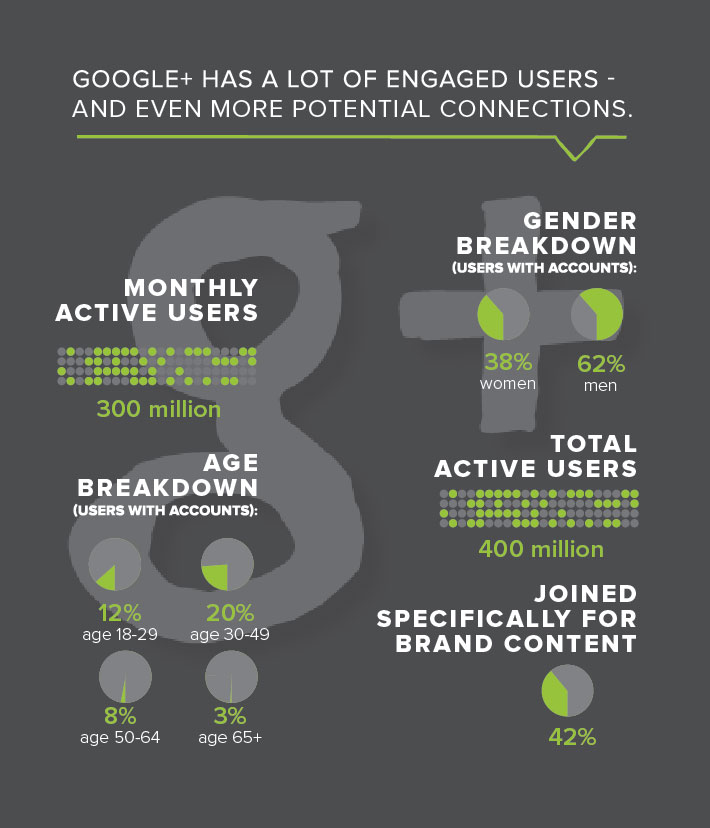
Google+ – SEO-friendly searchers
It’s not a ghost town – it’s where super-dedicated enthusiasts go to discuss everything from law, technology and flower arrangement, particularly in specific circles and groups.
Typical users: Mostly male, and interested in discussing specific topics as a rule.
Content: Anything that fits into a unique category and inspires conversations. Lots of individual circles exist to promote content and spark debates, so don’t be afraid to include jargon-heavy blog posts.
Marketing value: Google+ is great for generating traffic and SEO value, as anything posted on the network will be quickly crawled by Google. But it also offers engagement and referral traffic, especially among hard-to-reach audiences.
Unlike real life, when each of these parties might take place on the same night and at different venues, marketers don’t have choose one of them and miss the rest. There is certainly some overlap in terms of the people who frequent each of these social networks. Just be sure to remember which network you’re posting to when you develop content for each. What might resonate with the some people on one channel might not be effective when it’s packaged the same way on another site. Every party has its own rules, and brands need to understand the social graces of each to succeed.

